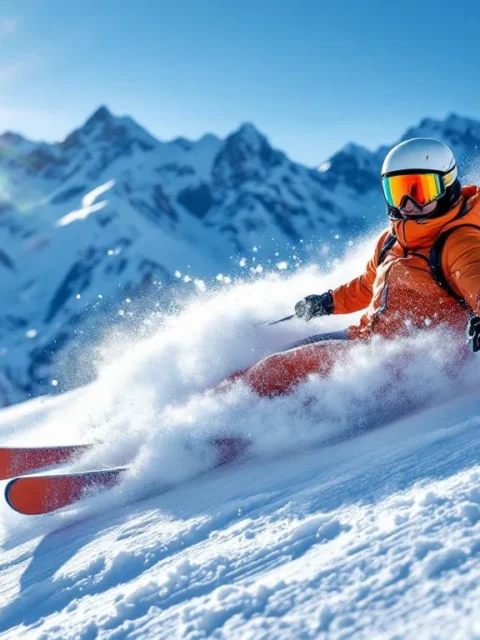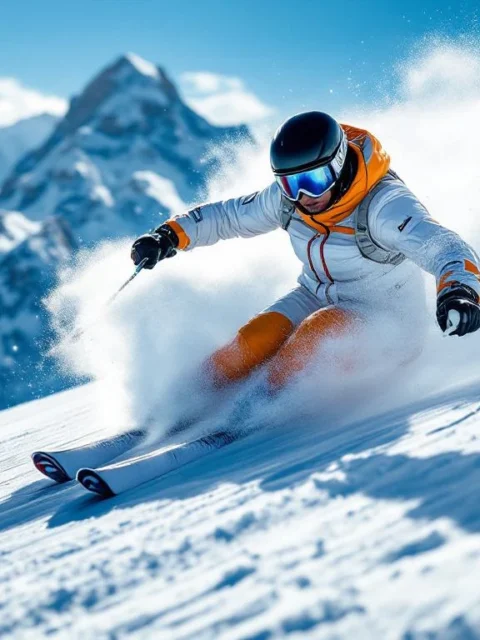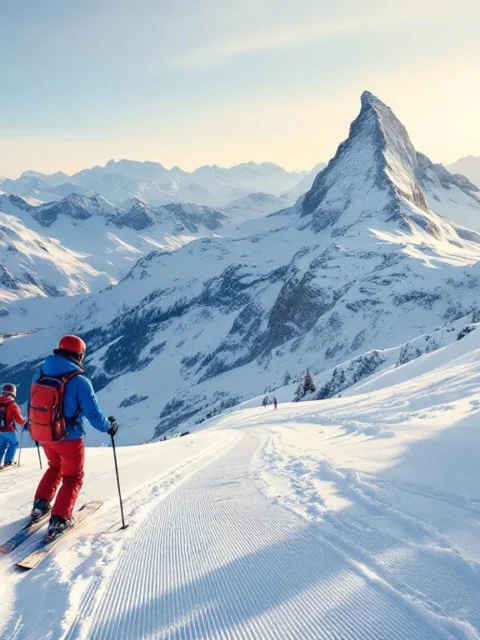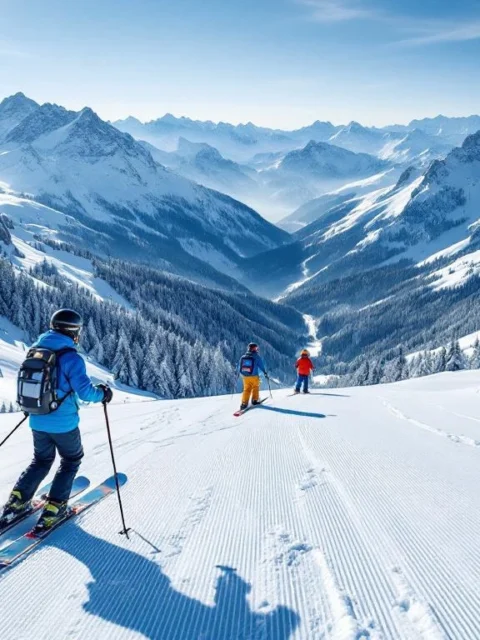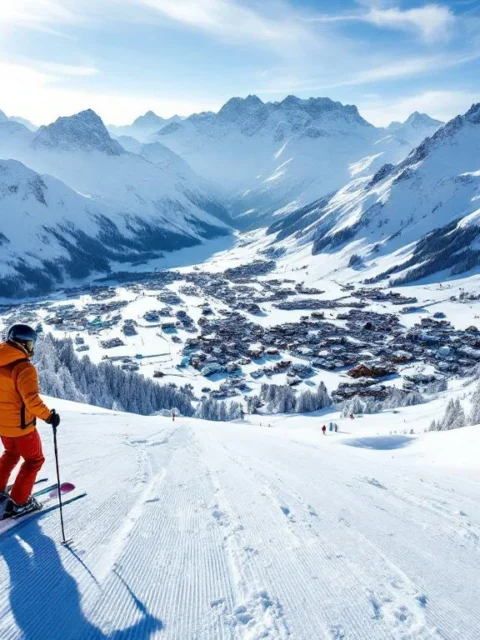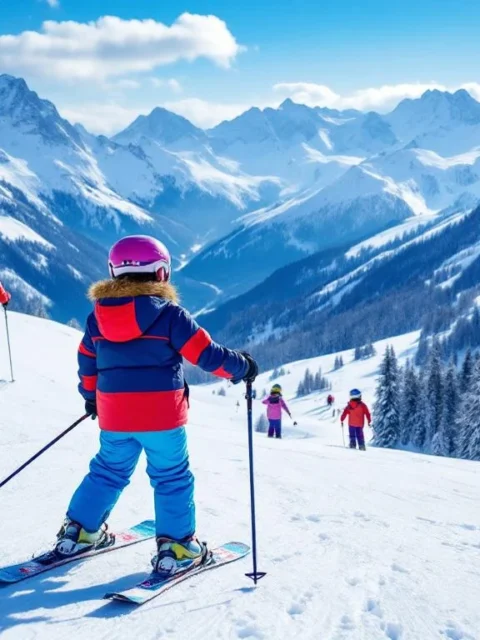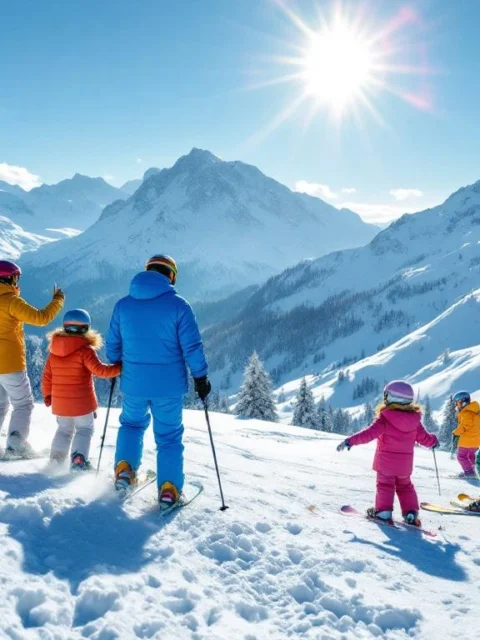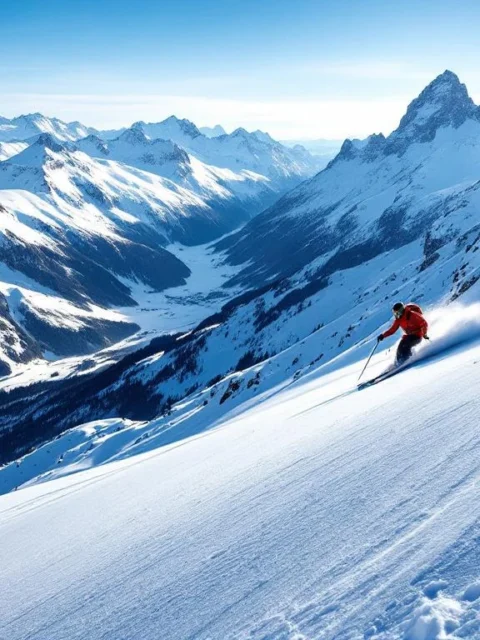Is Kirchberg snow-sure?
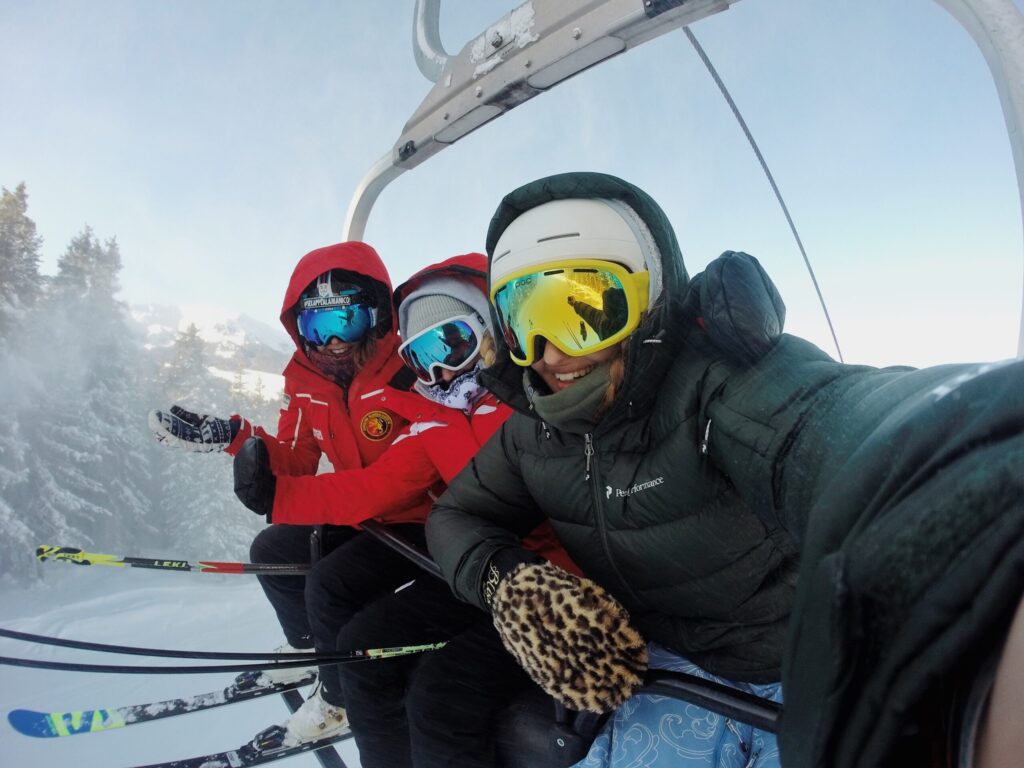
Kirchberg in Tirol has limited snow reliability due to its relatively low elevation of 800 meters. However, the ski resort has good artificial snow facilities in the Kitzbühel Alps, which makes skiing usually possible from December to April. For the best snow guarantee, it’s best to visit from January to March, when the chance of natural snowfall is highest.
What Does Snow Reliability Mean for Ski Resorts?
Snow reliability refers to the dependability with which a ski resort has sufficient snow throughout the season for good skiing conditions. This depends on various factors that are crucial for your ski vacation planning.
The altitude of a ski resort plays the biggest role. Areas above 1500 meters usually have better natural snowfall and lower temperatures, allowing snow to remain longer. Geographic location is also important – north-facing slopes retain snow longer than south-facing ones.
The climate and weather patterns in the region determine when and how much snow falls. Modern ski resorts compensate for uncertain natural conditions with extensive artificial snow systems, which significantly increases snow reliability.
How High Is Kirchberg and What Does This Mean for Snow?
Kirchberg sits at 800 meters elevation, which is relatively low for an Austrian ski resort. The ski area itself extends up to approximately 2000 meters in the Kitzbühel Alps, which significantly improves snow conditions.
This elevation means that the village itself doesn’t always have snow, but the ski slopes higher in the mountains do. Temperatures at 800 meters are often too mild for reliable natural snow, especially at the beginning and end of the season.
Compared to other Austrian ski resorts like St. Anton (1300m) or Sölden (1350m), Kirchberg has a disadvantage regarding natural snowfall. Fortunately, modern lift systems and artificial snow installations largely compensate for this difference.
When Is the Best Time to Visit Kirchberg for Guaranteed Snow?
The best period for guaranteed snow in Kirchberg is from mid-January to early March. During this time, temperatures are lowest and there’s the greatest chance of fresh natural snow.
December can be variable, often with temperatures still too warm for stable snow conditions. January usually brings the first reliable snowfall and cold temperatures that preserve the snow.
February is traditionally the best month, with consistent cold weather and regular snowfall. March can still be excellent, especially in the first half of the month. April becomes riskier, although artificial snow often ensures skiable conditions until Easter.
What Are the Alternatives If There’s No Natural Snow in Kirchberg?
Kirchberg has excellent artificial snow facilities that can cover most of the ski area. These systems ensure that skiing remains possible, even when natural snow is lacking.
The Kitzbühel Alps area features modern snow cannons on all major slopes. These can quickly provide a good snow base when temperatures drop below freezing, ensuring your ski vacation isn’t ruined.
As an alternative, you can head to higher-altitude areas like the Kitzsteinhorn glacier near Kaprun or Hintertux. These are within driving distance and offer almost guaranteed snow conditions. Kirchberg itself also offers other winter activities such as cross-country skiing, winter hiking, and wellness facilities.
How Does Kirchberg Compare to Other Austrian Ski Resorts for Snow Reliability?
Kirchberg scores average for snow reliability compared to other popular Austrian destinations. The area around Innsbruck and St. Anton has more natural snow due to higher elevation.
The Salzburg region, with areas like Obertauern and Flachau, is also higher and therefore has better snow guarantee. However, Kirchberg compensates for this with excellent artificial snow systems and varied slopes.
Despite the lower elevation, Kirchberg remains popular due to its charm, good accessibility, and extensive range of ski schools. The area is perfect for families and beginners, who are often less dependent on perfect powder conditions than advanced off-piste skiers.
Key Points About Snow Reliability in Kirchberg
Kirchberg offers reasonable snow reliability thanks to modern artificial snow facilities, despite the relatively low elevation of the village itself. Plan your visit between January and March for the best natural conditions.
The ski area extends up to 2000 meters elevation, which offers much better snow conditions than the village elevation might suggest. The combination of natural and artificial snow ensures a reliable ski season from December to April.
When planning your ski vacation in Kirchberg, it’s wise to remain flexible with your dates, especially early and late in the season. We can help you find the best ski schools in Kirchberg Tirol, so you can optimally enjoy the available snow conditions, regardless of your level.


